
Puerto Nariño is the second municipality of the Department of Amazonas, Colombia, due to its importance and territorial extension (6,816 inhabitants and 1,876 km2, of which only 2 km2 correspond to the urban extension); It is located on the banks of the Loretoyacu River.

It was founded as a corregimiento in 1961 by Dr. José Humberto Espejo, being called Puerto Espejo; Later, given its geographical location in the border area and its demographic and economic growth, it was named Puerto Nariño in 1984, under Decree 106.

BrCaLeTo, CC BY-SA 3.0, via Wikimedia Commons
“The Shield will be shaped like a jar: in the upper part a crown with 9 points means the diversity of the Ethnic Groups. Inside the shield and on the sides the flag of the Municipality in green, white and blue colors. In the background, the rising sun that symbolizes progress and future in descending order, the green jungle with small characteristic undulations of its soils, but under it a Pink Dolphin, a species typical of the Amazon and represents the mythology and wisdom of its people. In the tail of the map of the Department in white that shows the prevailing peace, The blue background, hydrographic wealth and the Victoria Regia, a plant species. In the lower part of the shield the name of the Municipality “MUNICIPIO DE PUERTO NARIÑO”
Decree No. 092 of December 1996 of the Municipal Mayor’s Office of Puerto Nariño
Geographic location
It limits to the east with Leticia, to the west with the Amazonas-Peru, to the north with the district of Tarapacá and to the south with the Amazon River (Alcaldía de Puerto Nariño, 2020).

How to get to Puerto Nariño?
Puerto Nariño can be reached from Bogotá by air to Leticia, or from Manaus (Brazil) to the Brazilian town of Tabatinga, neighboring the capital of the Colombian Amazon department.
From there it is accessed by riverthrough the Amazon River, being the only means of transport between both municipalities.
The route covers a distance of80 km that separates these two towns.

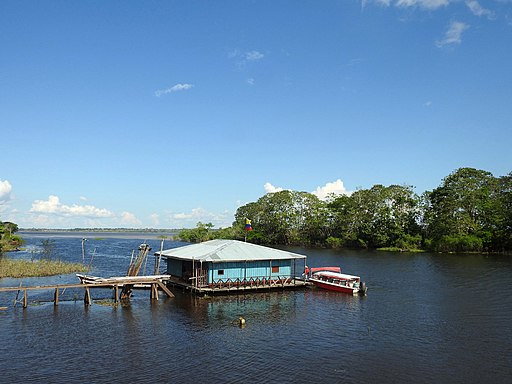
Source: Gatocalvo, CC BY-SA 4.0, via Wikimedia Commons
What to do? tourist activities
It is a municipality with an ecotourism vocation, known as the “Colombian manger” due to the uniqueness of its narrow streets.

Source: mauricio pineda, CC BY 3.0, via Wikimedia Commons
A unique urban center
It prides itself on being the first Colombian tourist destination to have achieved sustainable certification, characterized by the lack of motorized transportation, except for urban sanitation and ambulances.
Its landscapes, its floraand fauna, and its traditions are a pleasant experience, as well as walks through the urban area (Miviajar.com, 2020).

Hiking
In the jungle there are trails that connect the urban center of the city with the indigenous communities, being ideal for hiking, trekkingor trekking (Alcaldía de Puerto Nariño, 2020).
Lake Tarapoto
The municipality has black water lakes, highlighting Lake Tarapoto, habitat of the pink dolphin, a unique species in the world.
November 13, 2019
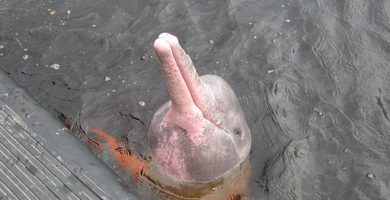
Amazon River Dolphin – Facts, Diet, Habitat, Species and more!
October 19, 2019

Amazon River fishing
October 19, 2019
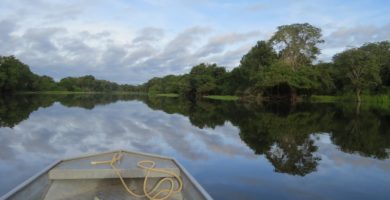
Places for fishing in the Amazon River Basin: the cocha and the lagoons
In the low water season, this tour lasts three to four hours and tourists have the opportunity to swim, fish or practice kayaking, observing birdsand other species in unison.
an underwater world
Throughout the region you can see a diversity of fish, including the carnivorous piranhas; You can also visit the Natütama museum or the Wochine Reserve to appreciate the underwater world of the Amazon River and its plants (viajandox.com, 2020).
August 16, 2020
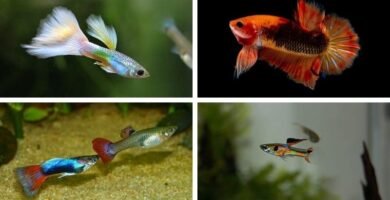
Ornamental fish
August 14, 2020
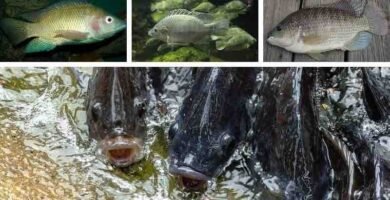
Tilapia fish (Oreochromis sp.) Characteristics
August 12, 2020
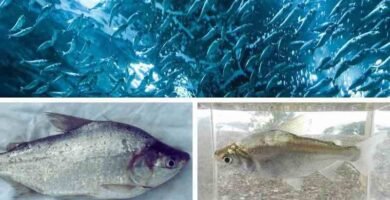
Llambina fish (Potamorhina altamazonica)
August 10, 2020
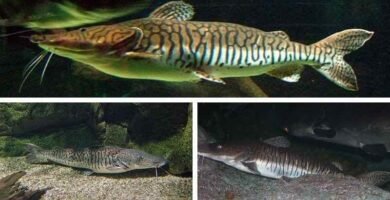
Surubi Fish (Pseudoplatystoma fasciatum)
August 8, 2020
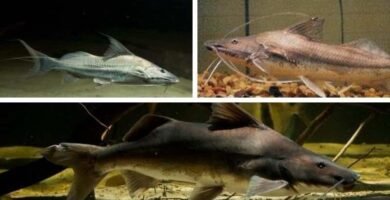
Piraiba, Laulau catfish or Manitoa (Brachyplatystoma vaillantii)
August 6, 2020
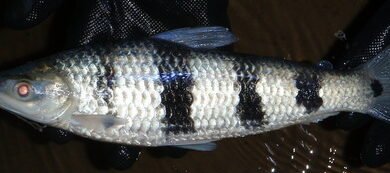
Lisa (Schizodon fasciatus)
August 4, 2020
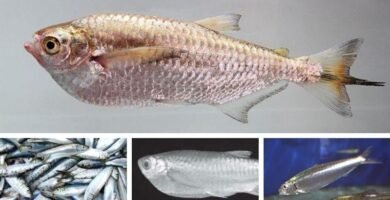
Sardine
August 2, 2020
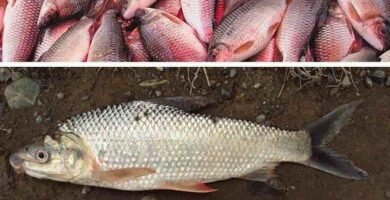
Bocachico fish (Prochilodus magdalenae)
July 31, 2020
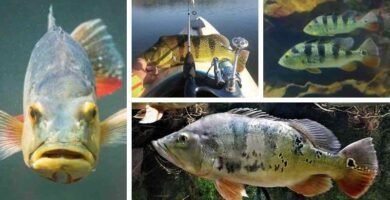
Tucunaré: an intelligent, strong and very tasty fish
April 29, 2020
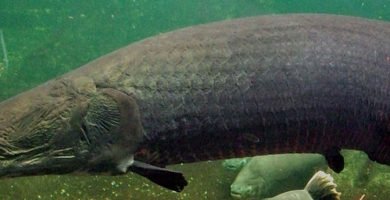
Paiche or pirarucu (Arapaima gigas)
March 25, 2020
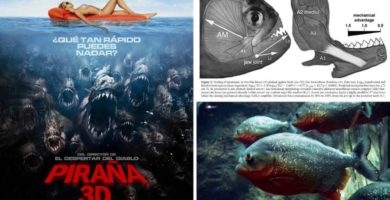
The piranha: spirit of evil?
Gastronomy
Likewise, it is a propitious occasion to taste the culinary preparations and traditional drinksof Ticuna indigenous peoples, Cocamas and Yaguas, like Amazonian chaufa rice; mojojoy, ceviche or pork rinds pirarucú and other grilled fish accompanied with yuca, tacacho of green banana or casabe; purple yam chicha, tree bread and chontaduro and other beverages frutas amazónicos like the copoazú, the arazá and the camu camu, among many other options (Fundación Leo Espinosa, FUNLEO, s.f.).
May 14, 2022
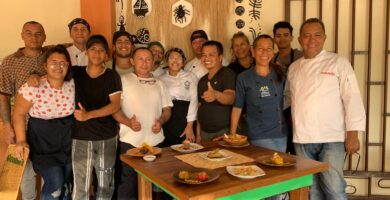
Chef Nelson Méndez, the shaman of Amazonian haute cuisine
October 25, 2020
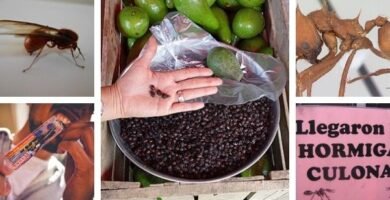
Big-Ass ants (Atta laevigata)
October 19, 2020
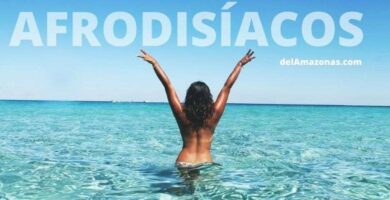
Amazon Rainforest Aphrodisiacs
June 2, 2020
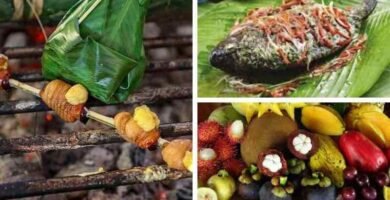
Amazonian gastronomy of Colombia
Institutional Video of the municipality of Puerto Nariño – Amazonas
References
- Alcaldía de Puerto Nariño. 2020. Nuestro municipio, recuperado de http://www.puertonarino-amazonas.gov.co/municipio/nuestro-municipio.
- Fundación Leo Espinosa. S.f. Recetario gastronómico del municipio de Puerto Nariño- Amazonas y sus comunidades aledañas. Preparaciones culinarias tradicionales de los pueblos Ticunas, Cocamas y Yaguas. Puerto Nariño: Fundación Leo Espinosa.
- Puerto Nariño Amazonas: ¡Un turismo que fascina y crea consciencia! 2020. Taken from: https://miviajar.com/puerto-narino-amazonas-turismo-colombia/.

Economist (Central University of Venezuela). Full professor and researcher attached to the “Edgar Abreu Olivo” Agrifood Research Center, Universidad de Los Andes. Doctor from the University of La Laguna (Spain). Award “One of the 10 most consulted authors of the Saber ULA university portal” (2005); prize in the III Essay Contest of the Central Bank of Venezuela BCvoz Economico, 2016, with the work “Theobroma cacao: transformation and consumption of the “food of the gods” in Venezuela and the world” (co-authored).
This post is also available in:
![]() Español (Spanish)
Español (Spanish)

